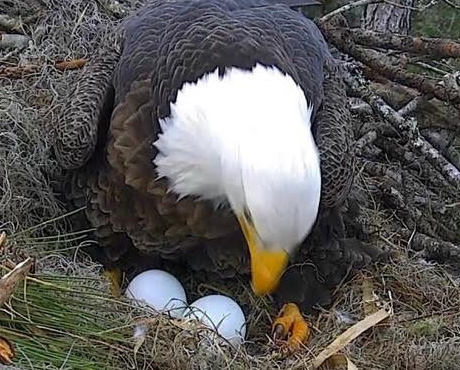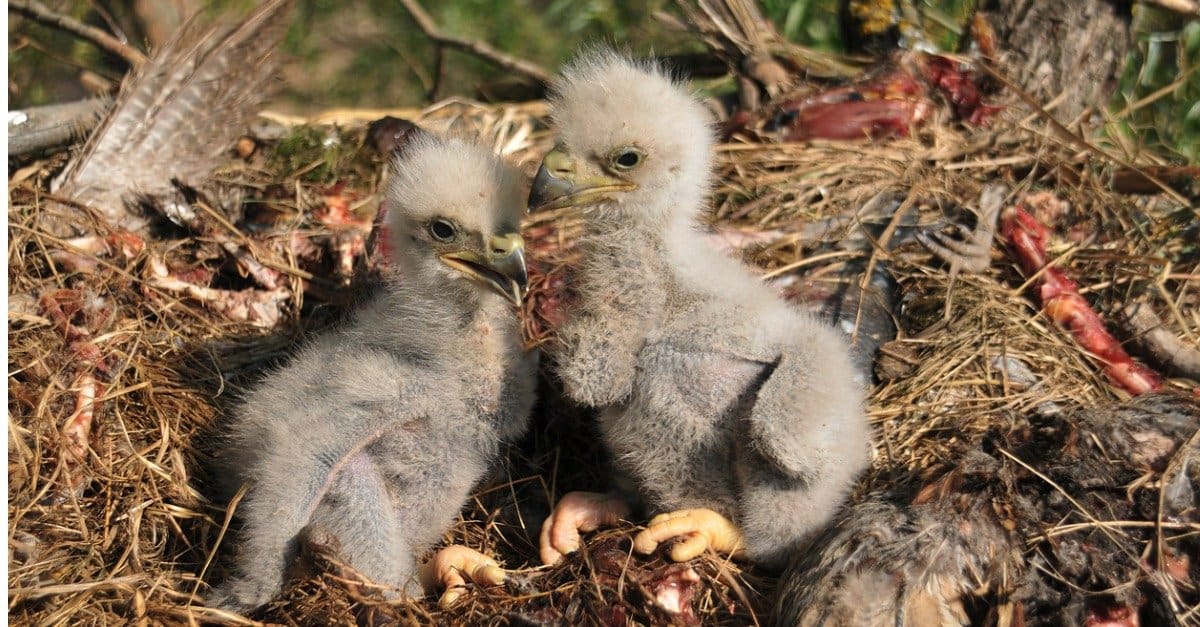|
Eagles are majestic creatures that have captured the imagination of humans for centuries. From their soaring flights to their sharp talons, eagles are a symbol of strength, freedom, and resilience. But the journey of an eagle from birth to flight is an incredible one, filled with challenges and triumphs. Birth
Eagles are born in nests high up in trees or on steep cliffs. A female eagle typically lays two to three eggs, which hatch after about 35 days. Eaglets are born with soft, downy feathers and closed eyes. They are completely dependent on their parents for food and warmth. Development Over the next few weeks, the eaglets grow rapidly. Their eyes open after about 10 days, and they become increasingly active and curious, exploring their nest and testing their wings. The parents must provide a constant supply of food, which usually consists of fish and small mammals. As the eaglets grow, they also develop their feathers, which become stronger and more aligned with each passing day. The eaglets continue to exercise their wings, flapping them vigorously and jumping up and down in the nest. At around 10 to 12 weeks of age, the eaglets are ready for their first flight. First Flight The first flight of an eagle is a momentous occasion. The young eagle must muster the courage and strength to leave the safety of the nest and take to the air. The parents encourage the eaglet to take flight, but they also remain close by to protect it from danger. The first flight is often short and unsteady. The young eagle may fly just a few feet before landing back in the nest or on a nearby tree branch. But with practice, the eagle becomes more confident and skilled, soaring higher and longer with each flight. Learning to Hunt As the young eagle gains strength and experience, it must also learn to hunt for itself. The parents continue to provide food, but they gradually reduce the amount and frequency of their offerings. The young eagle must learn to find and catch its own prey, which includes fish, rabbits, and other small mammals. The young eagle hones its hunting skills by watching the parents and practicing on its own. It learns to use its sharp talons to grasp and kill its prey, and its powerful beak to tear off pieces of flesh. The eagle's eyesight is also critical for hunting, as it can see prey from great distances and lock onto its target with precision. Independence As the young eagle becomes more skilled and self-sufficient, it begins to assert its independence. It may spend more time away from the nest, exploring its territory and establishing its own hunting grounds. The parents continue to monitor and protect the young eagle, but they also encourage it to become more independent. Eventually, the young eagle will leave the nest and strike out on its own. It will find a mate and establish its own territory, continuing the cycle of life that has made eagles one of the most iconic creatures of the natural world. Conclusion
The journey of an eagle from birth to flight is an incredible one, full of challenges, triumphs, and the awe-inspiring beauty of nature. The eagle's strength, freedom, and resilience have made it a powerful symbol for humans throughout history, and its journey from birth to flight is a testament to the wonder and majesty of the natural world.
0 Comments
Leave a Reply. |
�
categories
Categories
All
|





 RSS Feed
RSS Feed